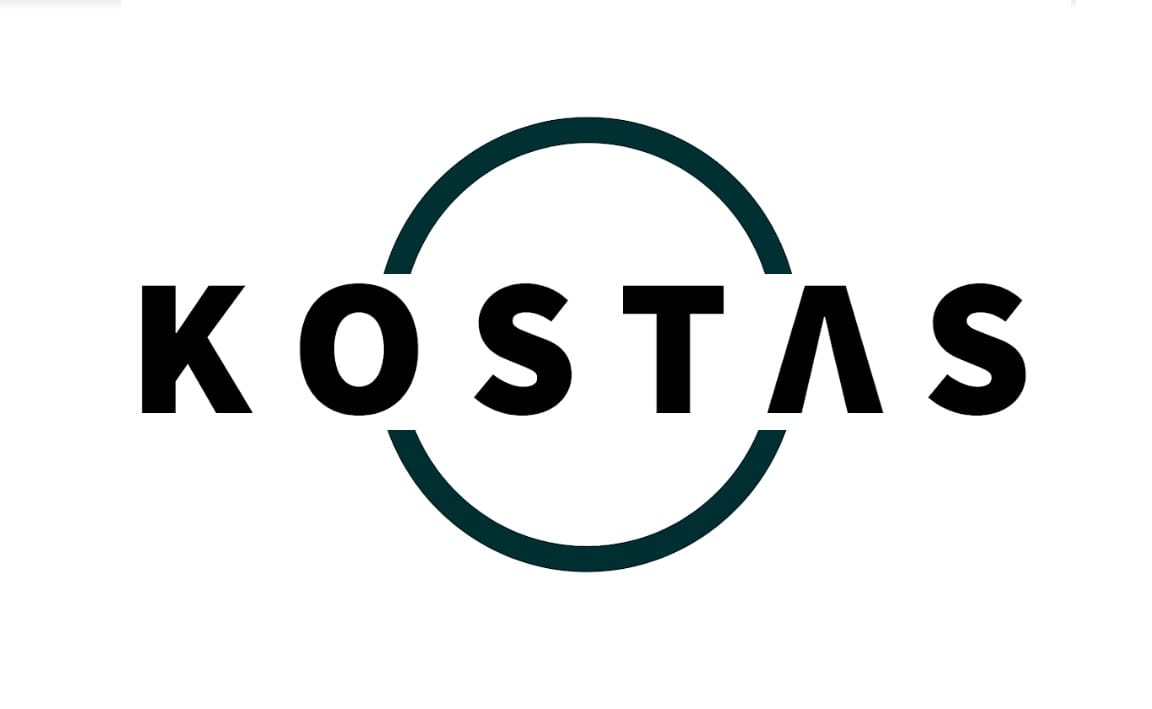Say What you Do + Do What you Say
Too many internal teams operate on the assumption that if they’ve sent an email, shared a slide, or mentioned something once in a meeting, then “they’ve done their job.” But the reality is—communication is only successful if it is received and understood.

When we talk about customer mindset, most people immediately think of external clients, markets, or end-users. That’s natural. After all, “the customer” is often defined as the one paying for the product or service.
But in my experience, this mindset is just as critical—if not more so—inside the organization, particularly in support functions such as HR, Finance, IT, and Legal. Too often, these teams forget that their core purpose is to enable the business and the value, not simply to enforce policies, track compliance, or protect their own operating comfort zones.
But what actually means adopting a customer mindset? or putting the customer in the center.
From my point of view, customer mindset boils down to three things:
- Having open dialogue – staying curious, listening to understand, and never assuming.
- Taking responsibility for communication gaps – closing the distance, ensuring clarity, alignment, and no surprises.
- Contracting the relationship – being clear about expectations, deliverables, and boundaries, so both sides know where they stand.
If I had to summarize it in one sentence, it would be: Say what you do – and do what you say.



